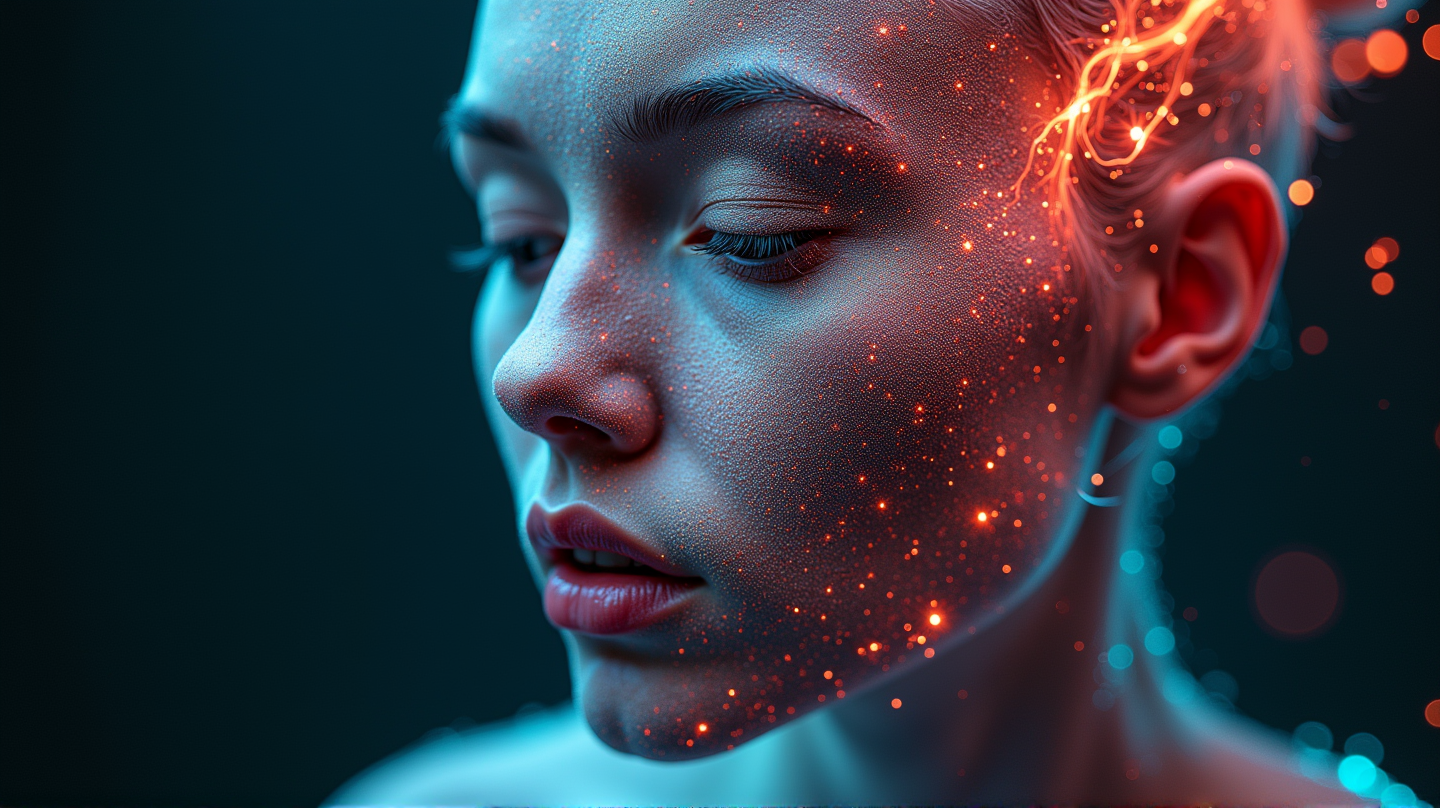In a digital age where technology is at our fingertips, the misuse of AI has sparked concern and alarm across communities worldwide. Recently, the spotlight has shifted to the astonishing ease with which AI technology is used to manipulate celebrity images and create controversial content. According to 36Kr, this troubling trend has led to significant repercussions for both public figures and ordinary individuals.
AI’s Disturbing Capabilities
Imagine waking up to find your face used in a potentially damaging video. This was the shocking reality for Gao Xiang, a university tutor, who was pulled into a maelstrom of fraud allegations due to AI-manipulated content. Similarly, Xiaoya, a white-collar worker, discovered her photos had been used to clone an AI version of herself, casting a long shadow of fear over her safety and identity.
The Flood of AI-Manipulated Content
Social media platforms are bursting with AI-generated images. Videos showcasing suggestive AI recreations of celebrities wearing different outfits flood the internet, drawing considerable attention and, inevitably, traffic. It’s become a “traffic password,” attracting views and, troublingly, money for those perpetuating this trend.
Platform Responsibility and Ineffectiveness
Why are platforms unable to prevent such violations? The battle between technology’s rapid advancements and the ethical standards keeping AI in check appears imbalanced. Platforms, while demonstrating some caution with markings like “Suspected AI creation,” often fall short of enforcing strict measures to combat the proliferation of such content.
Legal Insights: Navigating the Maze of AI Rights
Lawyers emphasize the complexities involved in processing personal data through AI. The gaps in user agreements often result in unauthorized use, yet the enforcement of legal frameworks is as challenging as the technology itself.
Solutions and Challenges
Experts suggest the introduction of digital watermarks in AI-generated content to improve tracking and accountability. However, the real issue is more deeply rooted in the imbalance between technological capabilities and ethical application.
As the world anticipates bold developments in AI, there’s a growing urgency for regulatory bodies to strengthen defenses against technology abuse. With public safety and privacy under threat, there’s never been a more crucial time for decisive action. The technological defense mechanisms, it seems, have a long road ahead to catch up with the audacity of AI’s reach.
